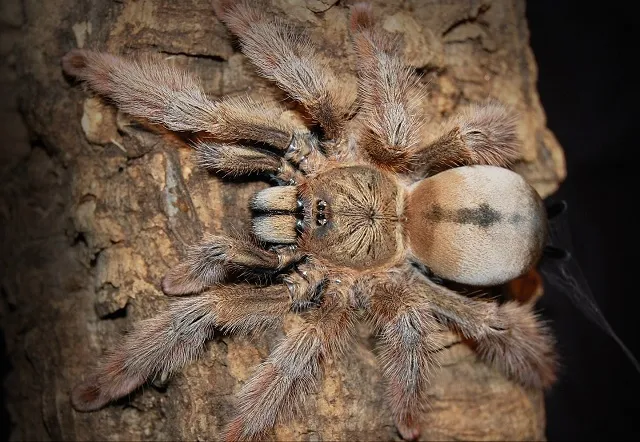Panama Blonde Tarantula Top 5 Facts!
The Panama Blonde Tarantula (Tliltocatl albopilosus) is a captivating arachnid, beloved by both novice and experienced tarantula keepers. These spiders are known for their relatively docile temperament, striking appearance, and manageable care requirements. This article will delve into five fascinating facts that make the Panama Blonde Tarantula a unique and intriguing creature. From their physical characteristics and natural habitat to their feeding habits and conservation status, this guide provides a comprehensive overview of this fascinating species. Prepare to be amazed by the wonders of the Panama Blonde Tarantula, a creature that has captivated many with its gentle nature and striking beauty, making it a perfect introduction to the world of exotic pets and the fascinating world of arachnids!
Appearance and Characteristics
The Panama Blonde Tarantula is instantly recognizable due to its unique appearance, which contributes significantly to its popularity. The spider’s overall look is quite striking. The combination of its coloration and size contributes to its visual appeal, making it a favorite among enthusiasts. Their appearance is a key factor in their appeal as pets. The subtle blend of colors and the impressive size make them a standout species. The characteristics of the Panama Blonde tarantula make them a great pet for experienced and beginner keepers.
Size and Lifespan
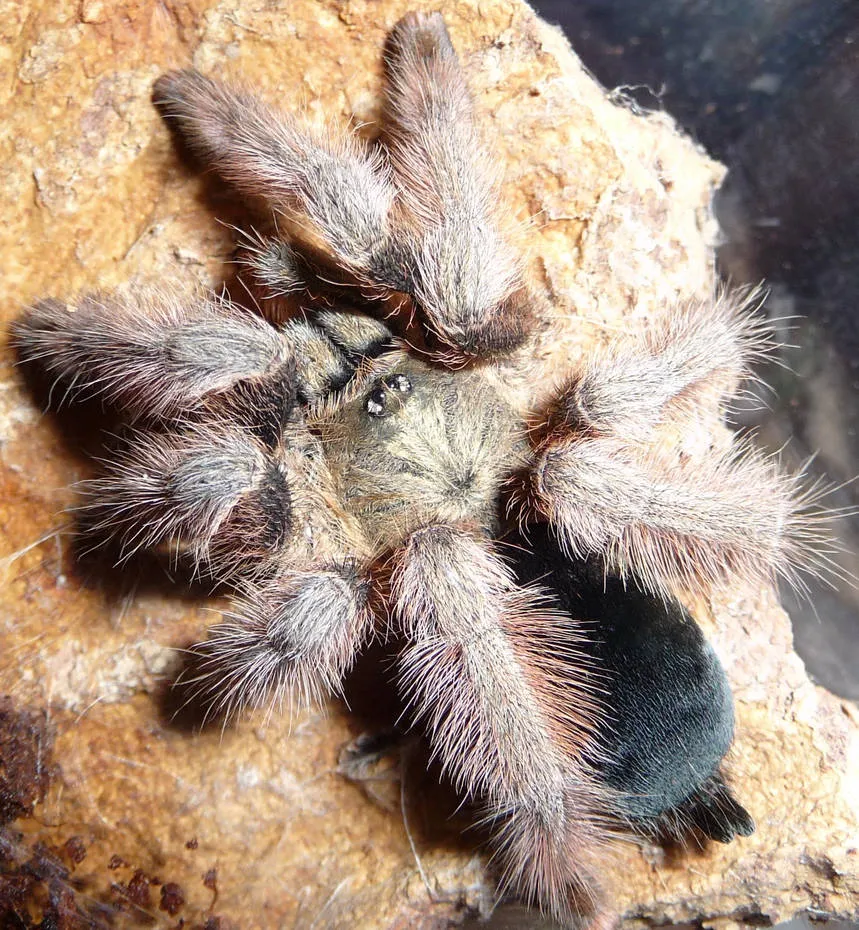
These tarantulas are medium-sized, with a leg span that can reach up to 5-6 inches. Female Panama Blonde Tarantulas are known to live longer than males, often reaching a lifespan of 12-15 years, while males typically live for 5-7 years. This longevity is a significant factor for many keepers, as it allows for a longer period of enjoyment and interaction with their pet. A long lifespan allows keepers to develop a stronger bond and observe their tarantula’s growth and behavior over several years. Proper care and a suitable environment are key to maximizing their lifespan. The size and longevity also make them suitable as pets, providing a unique opportunity for long-term pet ownership and observation.
Coloration and Markings
The Panama Blonde Tarantula gets its name from its distinctive coloration. The body is covered in a coat of light brown or golden hairs, creating a ‘blonde’ appearance. These hairs give the spider a fuzzy look, and the legs are generally a darker shade of brown. The overall coloration helps the tarantula to blend in with its natural environment. The contrast between the light-colored hairs and the darker legs creates a visually appealing appearance, which adds to their appeal as pets. The subtle yet striking coloration is a distinguishing feature that makes the Panama Blonde tarantula easy to identify and appreciate. The visual appeal is another factor that attracts enthusiasts to this species.
Habitat and Native Range
The Panama Blonde Tarantula is native to the tropical regions of Central America, specifically Panama and Costa Rica. Understanding their natural habitat is crucial for providing appropriate care in captivity. These tarantulas thrive in warm, humid environments, typically found in tropical forests and grasslands. Replicating these conditions in their enclosure is essential to ensure their well-being and longevity. The natural environment significantly influences their behavior and survival, which is key to providing a suitable environment for captive specimens. Knowledge of their native range and habitat requirements contributes to providing a thriving and healthy environment for the tarantula.
Natural Environment
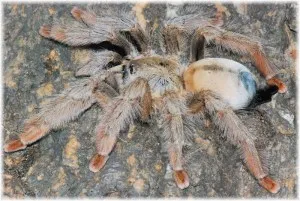
In the wild, Panama Blonde Tarantulas are terrestrial spiders that spend their time on the ground, often burrowing or seeking shelter under rocks, logs, and leaf litter. The environment is full of humid conditions, and it supports their lifestyle. The environment consists of varying temperatures. They are well-adapted to survive in this environment. The humidity and temperature variations are key to their survival and are important factors to replicate when caring for them in captivity. Understanding the natural environment helps replicate the conditions.
Geographic Distribution
The geographical distribution of the Panama Blonde Tarantula is primarily limited to specific regions within Panama and Costa Rica. They are not widespread and are usually found in areas with suitable climates and environmental conditions. The limited distribution means that their populations are vulnerable to habitat loss and environmental changes. Conservation efforts are crucial to protect their natural habitats and ensure their survival in the wild. Understanding their geographic distribution provides valuable insight into their conservation needs. Knowing the specific regions they occupy helps researchers and conservationists focus their efforts effectively, ensuring these creatures thrive for generations to come.
Behavior and Temperament
One of the most appealing traits of the Panama Blonde Tarantula is its relatively docile temperament. They are known to be less aggressive than some other tarantula species, making them a popular choice for both novice and experienced keepers. While individual personalities can vary, they generally exhibit a calm demeanor. They are less likely to bite, unless provoked. Handling should still be done with caution. The temperament contributes to its appeal as a pet. Their calm nature is a key aspect of their attraction. The behavior of the Panama Blonde Tarantula makes them ideal for those who are starting to experience the joys of tarantula care.
Defensive Mechanisms
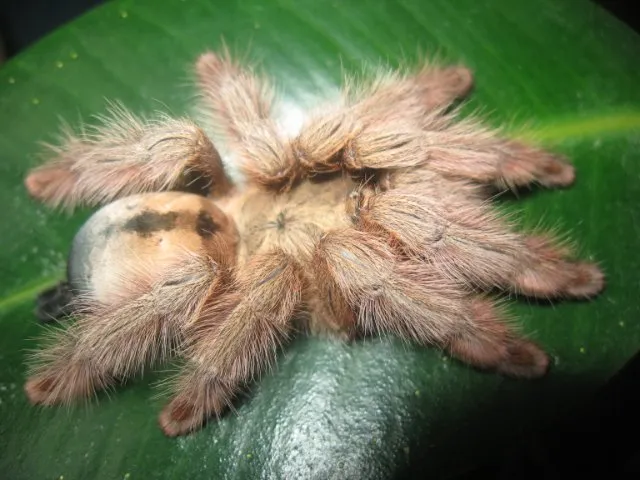
Despite their docile nature, Panama Blonde Tarantulas have defensive mechanisms. When threatened, they may flick urticating hairs from their abdomen as a defense mechanism. These hairs are irritating to skin and eyes. The tarantula may also try to run and hide. Understanding these mechanisms is vital for responsible tarantula care. Knowledge of these defenses helps keepers handle them safely. It is critical to avoid provoking them. This knowledge allows for a safe and enriching experience with these fascinating creatures. The defensive mechanisms are an important aspect of their behavior, helping them survive in the wild. The defensive behavior is important to understand for any potential owner or handler.
Activity Patterns
Panama Blonde Tarantulas are primarily nocturnal, meaning they are most active during the night. They spend the day in their burrows or hiding places. The behavior of these creatures changes when the sun goes down. The tarantulas come out to hunt and explore their environment. The activity pattern is a key behavior for any keeper. Knowing their activity pattern helps keepers to observe and understand the tarantula’s behavior. This is important for providing an appropriate environment. The activity of the Panama Blonde tarantula is an interesting element of their behavior, making them enjoyable to observe. The nocturnal behavior is just one part of the overall picture. They offer a unique perspective on the activity of these fascinating creatures.
Diet and Feeding Habits
The Panama Blonde Tarantula is an opportunistic predator, primarily feeding on insects and other invertebrates in the wild. In captivity, their diet is easily managed, making them a relatively low-maintenance pet. Understanding their dietary needs is crucial to their overall health. Their feeding habits and preferences are important to replicate when caring for these creatures. The diet of the Panama Blonde tarantula is straightforward and easy to manage. It is vital to their health and well-being. The diet of the Panama Blonde is something any keeper should understand to have success with their pet.
Preferred Prey
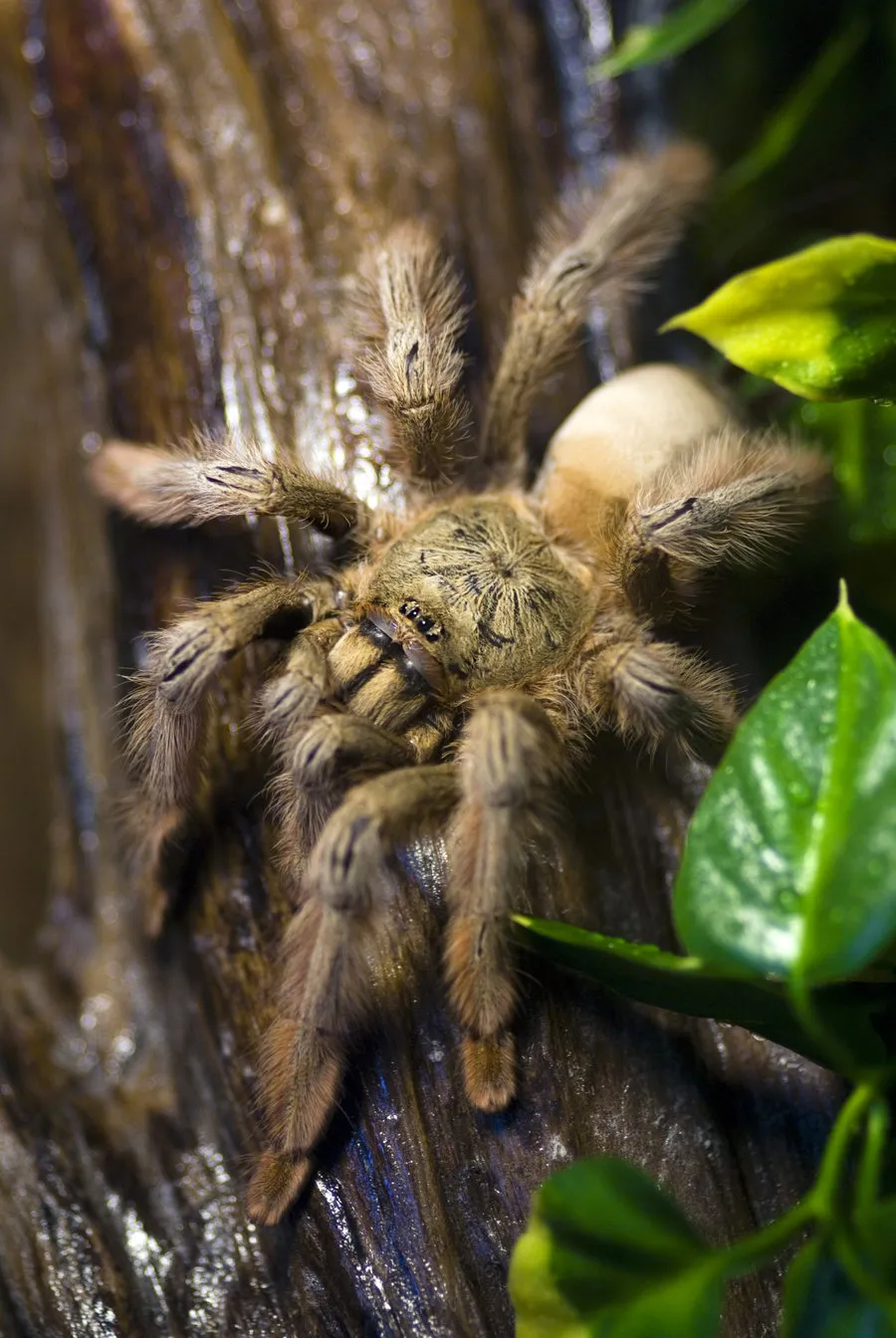
Insects are the primary food source for Panama Blonde Tarantulas. Crickets, mealworms, and roaches are common choices for captive tarantulas. The preferred prey can vary depending on the size and age of the tarantula. It is crucial to provide a varied diet to meet their nutritional needs. Offering different types of prey ensures they receive all necessary nutrients for growth. The selection of prey helps maintain a healthy and balanced diet. The prey provided is a key factor for a thriving tarantula. The appropriate prey is important for the tarantula’s survival and health.
Feeding Frequency
The feeding frequency of Panama Blonde Tarantulas varies based on their age and size. Spiderlings and juveniles typically need to be fed more frequently, about every 2-3 days, while adult tarantulas can be fed less often, about once a week or every other week. Overfeeding should be avoided, as it can lead to health problems. Always ensure the tarantula has a fresh water source. The frequency of feeding is a vital aspect of tarantula care. The care requirements can easily be adjusted. The feeding frequency is a key part of ensuring the tarantula’s health.
Conservation Status
The Panama Blonde Tarantula does not have a specific conservation status. Their populations are not currently considered endangered or threatened. They are still vulnerable to habitat loss and environmental changes. While the species is not currently listed as threatened, ongoing habitat destruction and environmental changes could pose risks to their long-term survival. Conservation efforts are crucial. The conservation status of the Panama Blonde tarantula is not yet critical. It is important to monitor their populations and protect their environment.
Threats to the Panama Blonde Tarantula
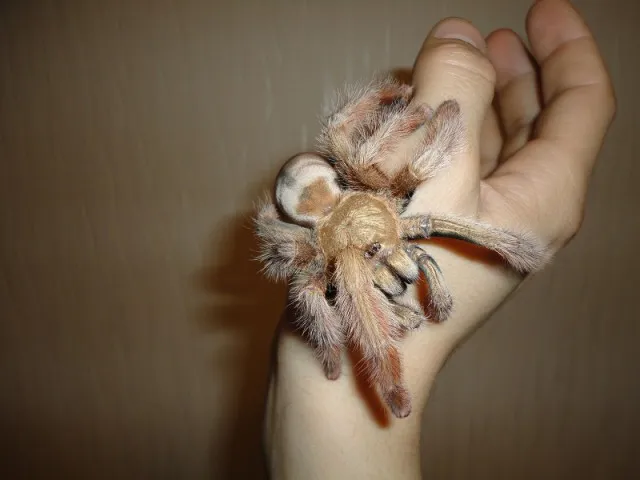
The primary threats to the Panama Blonde Tarantula include habitat loss due to deforestation and urbanization. Climate change and the effects it has on their habitat can pose additional risks. Over-collection for the pet trade can also impact wild populations. These threats highlight the importance of conservation and responsible pet ownership. The Panama Blonde Tarantula is facing challenges due to habitat loss. It’s important to protect these creatures. Understanding the potential threats is essential for effective conservation efforts. Recognizing these threats is the first step toward protecting these creatures for generations to come. Conservation is key to maintaining a healthy population.
Conservation Efforts
Conservation efforts for the Panama Blonde Tarantula focus primarily on habitat preservation and responsible pet trade practices. Protecting their natural habitats through the establishment of protected areas and sustainable land management is a crucial step. Supporting captive breeding programs to reduce the demand for wild-caught individuals can also contribute to their conservation. Educating the public about responsible pet ownership and the importance of habitat conservation can further help protect these animals. Supporting conservation efforts helps ensure that future generations can appreciate these magnificent creatures. Conservation is key to ensuring the Panama Blonde Tarantula thrives in the wild.
